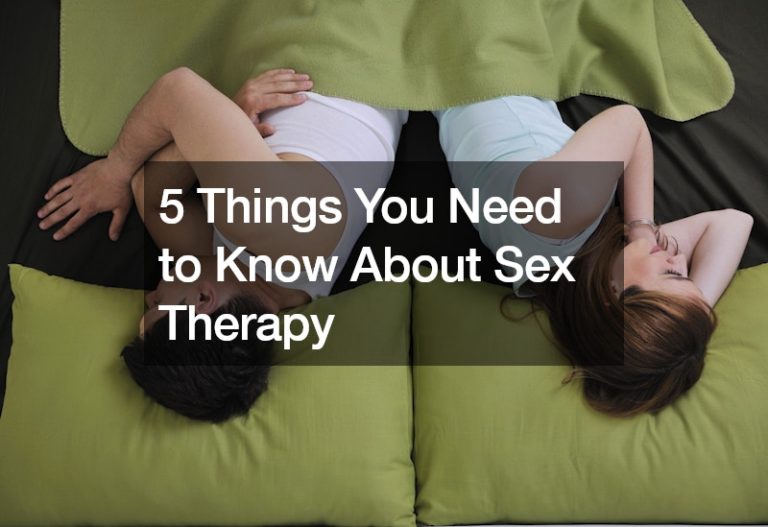The symptoms and manifestations of bulimia nervosa—an eating disorder, differ from one person to the next. Nevertheless, sufferers share recurrent and secretive binge eating episodes followed by self-induced purging. Vomiting, excessive fasting, and inappropriate use of cathartics are destructive and peculiar eating rituals they engage in to restore the balance. It’s not merely a case of overindulgence. The illness comes with a feeling of detachment or loss of control, as well as extreme distress. The person is aware he or she is behaving in a way considered to be dysfunctional.
Are you suspecting someone of exhibiting bulimic behaviors, and would you like to help them become healthy mentally and physically?
Terrible consequences
Anyone with an eating disorder should get ample support and appropriate intervention. It won’t do them good to be judged, subject to prejudice, or to be left isolated. It the problem is not resolved, there’s more at stake than an ulcer or unexplained weight loss.
Since atypical behaviors towards eating are usually done in private, even those closest to the afflicted would not know something is wrong. It is unfortunate that the disorder comes to light when someone is rushed to emergency services with a stomach rupture. While some suffer from scarring on the dorsum of the hand and fingers from inducing vomiting, others end up in the hospital due to heart failure from low potassium levels in the blood. The long list of possible medical complications includes inflammation of the esophagus, swelling of glands near the cheeks, psychiatric disorders, and clinical depression.
Who is at risk?
Perhaps, you have good reason to believe someone close to you has undiagnosed bulimia nervosa. Although the condition can affect anyone—even adolescents and older children, there is a specific demographic group known to be most at risk.
Are you acquainted with a young female with an introverted personality and tends to criticize herself. You should be concerned when this controlling person, who also tends to make impulsive decisions, start manifesting increasing anxiety in response to stressful situations. It is possible this person is already engaging in a damaging cycle of overeating and food deprivation.
Two subtypes of bulimia nervosa

Unlike other eating disorders, bulimia may be an invisible dark cloud—undetected and unverified for many years.
Based on the Diagnostic and Statistical Manual of Mental Disorders, Fourth Edition (DSM-IV), bulimia nervosa has two subtypes. The purging subtype is characterised with engagement in self-induced vomiting and the use of drugs or medication (diuretics and laxatives). The non-purging subtypes do not resort to purging but instead tries to take the perceived weight gain off with exercise. Others choose to refrain from eating for some time, but then lose himself or herself to another bout of binge-eating.
Secretive binging and consequent compensations characterize bulimia nervosa. It is considered a mental illness and is a serious concern because of the potential consequences to one’s health and well-being. The shame and guilt that arises from bulimia nervosa need to be addressed an updated bulimia treatment program in Westport. Still, the main deterrent for a complete resolution is a lack of formal diagnosis. You might be able to help a friend or a loved one by learning more about the signs and symptoms of the disorder.






